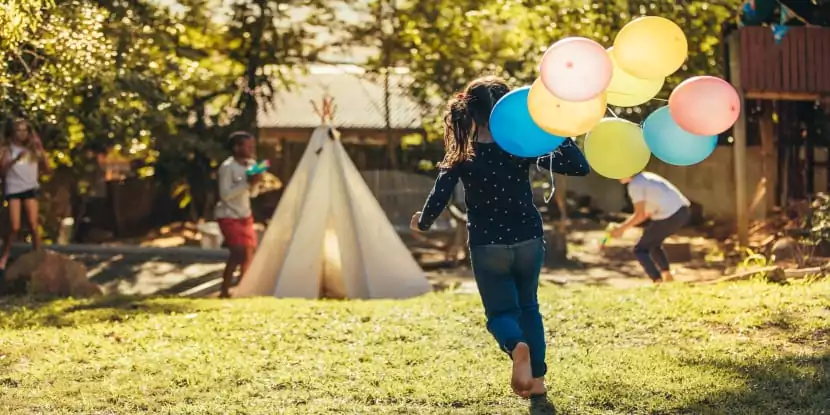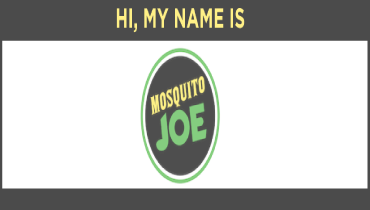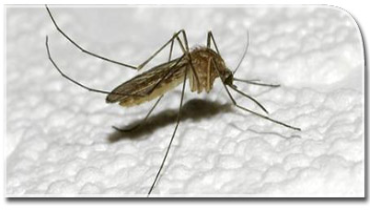Ribbons, candles, bows and edible traditions. Whether you’re making your menorah shine bright this Hanukkah or trimming your Chris
Learn moreMosquito Joe® Blog
Shared Resources for Your Pest Control Needs

EPA PESP Gold Member Status: A Milestone in Environmental Stewardship
We’re thrilled to announce that Mosquito Joe has achieved Gold Status within this program, a prestigious recognition reserved for “outstanding environmental stewards.
Showing 27 Results for Tips And Fun Facts
Pest Control Pest Tips And Fun Facts
May 09 2017This coming Sunday is all about celebrating the special mother-figures in your life, and it's not hard to understand why there's a
Learn morePest Control Pest Tips And Fun Facts
Mar 26 2016These days it seems like there is a national day for everything; national buffet day, national punctuation day, and national melon
Learn morePest Control Pest Tips And Fun Facts
Mar 27 2015Today is National Joe Day, which in our humble opinion should really be considered a national holiday. In honor of this special day
Learn morePest Control Pest Tips And Fun Facts
Feb 19 2015Yesterday morning in Virginia Beach we woke up to frigid temperatures and a lot of snow and ice. I then looked at the forecast and saw we’re still
Learn morePest Tips And Fun Facts Pest Control
Oct 31 2014Halloween is this weekend and it sure snuck up on us (perhaps because of the almost 80 degree temperatures in Virginia Beach), but
Learn moreBlog Category
About Mosquito Joe®
Find a Mosquito Joe Near Me
Let us know how we can help you today.
*Indicates a required field






